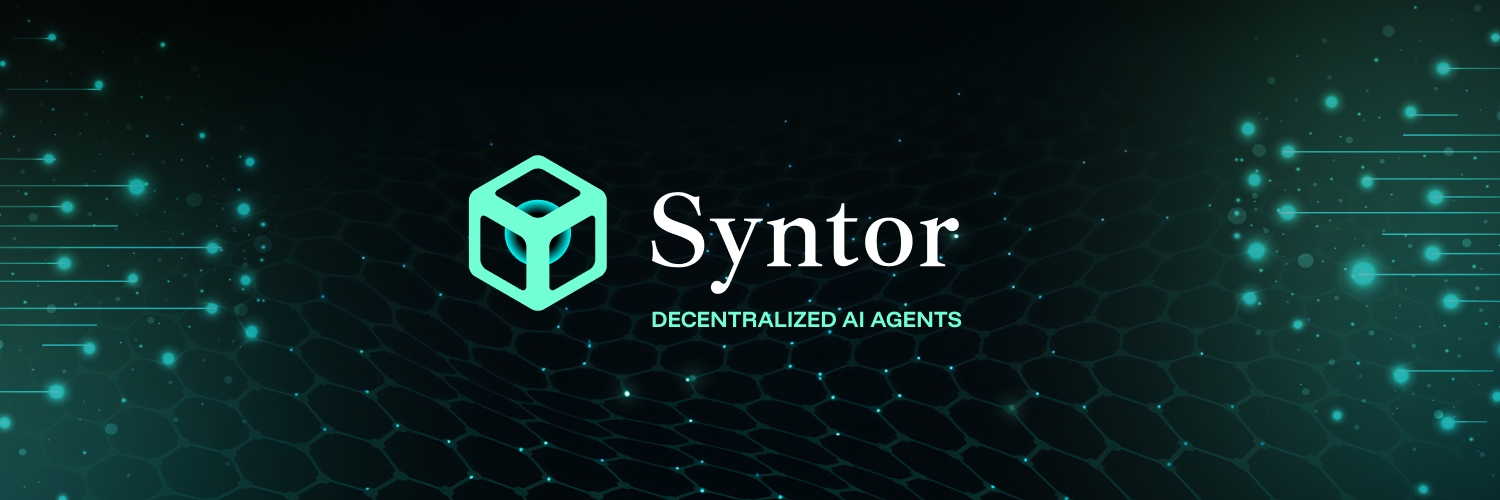Creating An Agent

This is the initial setup for creating your AI agent. Start by assigning a Token Name and Ticker Symbol that reflect your agent's purpose. The Description is a short tagline or persona snapshot—think of it like a tweet-sized intro. Use the Lore & Background field to add personality and narrative: where does your agent come from, what's its motivation, and how does that shape its behavior?
Under Agent Configuration, define what this agent is built to do. The Agent Objective should focus on its core mission—what problems it solves and how it serves the user. Finally, select the Base Model for your LLM and Communication Style to match the tone and intelligence level needed for your use case.

Here, you're shaping how your agent thinks, behaves, and communicates with the outside world. Start by selecting Topics relevant to your agent’s domain—these inform what kind of data it seeks and responds to. Then, choose Agent Traits to define the tone and personality—this affects how it communicates (e.g., technical, reliable, analytical).
Next, configure Agent Capabilities based on what the agent should actually do—such as market analysis, AI integration, or content creation. Under Agent Instructions, write a clear behavioral guideline so the AI knows how to act. This is the “mindset” behind your agent.
Finally, under Social Integration, choose the platforms it will publish to and how often it should post. These settings let your agent share insights autonomously on X (Twitter), Telegram, or other channels.

In this section, you'll configure your agent’s social media integration. Choose the platforms on which your agent will post (e.g., Twitter, Telegram). Set the Post Frequency to determine how often the agent will automatically share content.
For Twitter integration, you'll need to enter your Twitter API credentials. These include your API Key, API Secret, Access Token, and Access Token Secret—all of which are required for your agent to access and post on your Twitter account. If you don’t have these credentials yet, follow the link provided to retrieve them from your Twitter Developer account.

For Telegram, similar credentials will be required to set up the bot. Both platforms allow your agent to engage with users, distribute information, and share insights autonomously.
Ensure that your credentials are correctly entered to enable smooth communication between your agent and these platforms, allowing it to publish automatically. Once your credentials are in place and your agent settings are complete, give everything a final check—then hit Create Token to launch your agent and send it live to the Agent Marketplace!
Last updated

